Conclusion
With increasing IOPS, SSD cooling demands also increase. This applies even to powerful models (NVMe) for common customers. In most cases, controllers can take a lot, but high temperatures do not add to their performance nor lifespan and they can cause problems even in very quiet computers or in a room with higher air temperature. An additional heatsink can do wonders.
Conclusion
The influence of the heatsink on SSD temperatures is crucial. Alphacool HDX M.2 reduced the controller temperatures by more than 20 °C (from 86.6 to 64.7 °C). However, when it comes to memory, it has the opposite effect – the results are better without the cooler.
Heat transfer from the heatsink could be more efficient, it is limited by the absence of ribbing. But we cannot say that it is something dramatic. Compatibility is also worse, for many boards it is just too thick sandwich. We do not understand why are both parts of the heatsink same when the cooling demands of each side are significantly different.
| Alphacool HDX M.2 |
| + cooling performance will greatly reduce the heat of SSD |
| + efficient cooling of the backside with memory |
| – worse price/cooling ratio |
| – unbalanced design, partially over-sized, partly undersized |
| – instead of cooling the memory, it heats them (front side) |
| – you can easily scratch the surface of the heatsink during the disassembly |
| – frequent collisions with base motherboards/adapters |
| – inadequately high price |
| Price: 16 EUR |
EKWB EK-M.2 is simply an excellent product. It leads by 7 °C (with more powerful SSD it could be even more), and it cools the memory too. Also, (dis)assembly is really handy. A great effective supplement for a reasonable price (10 €).
It is quite difficult to find any negatives here. We found one though. With a “double-sided” SSD, there might be collisions with space under the M2 slot. However, this needs to be resolved by motherboard manufacturers rather than EKWB. They did everything in order to avoid incompatibility. In their official support list, they even recommend using a SSD with chips on one side only (probably as a prevention).
| EKWB EK-M.2 |
| + cooling performance will greatly reduce the heat of SSD |
| + efficient and well-balanced design |
| + it cools also the memory |
| + adequate price. Just what we expected for a little piece of metal |
| – simple and handy assembly and disassembly |
| – extraordinary size of heat conducting pads |
| – it can collide with a motherboard when using a SSD with chips on both sides |
| Price: 10 eur |
If you would like to give us a tip for a review, feel free to do so in the comment section.
We will be grateful for any feedback!
- Contents
- Details
- Test procedures
- Results: cooling of the controller and memory
- Heatsink temperatures
- Thermal images
- Conclusion





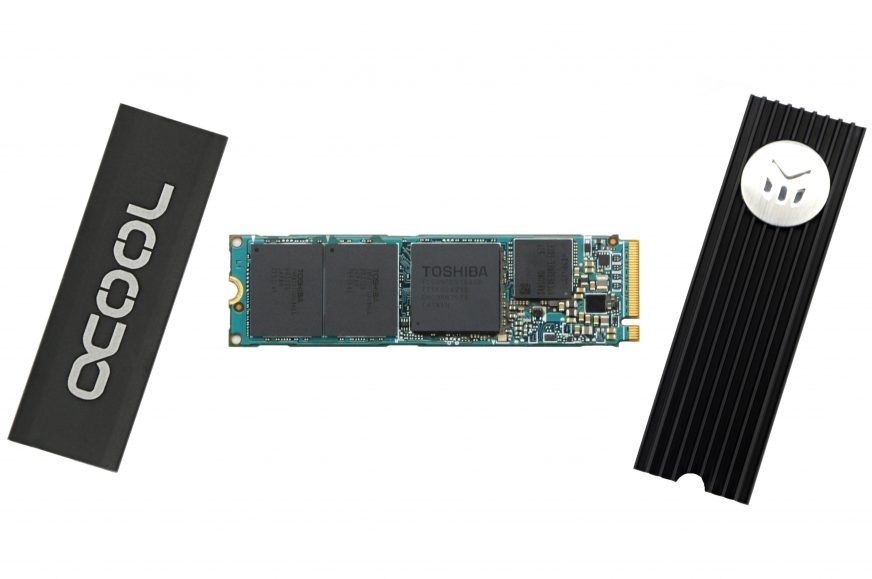
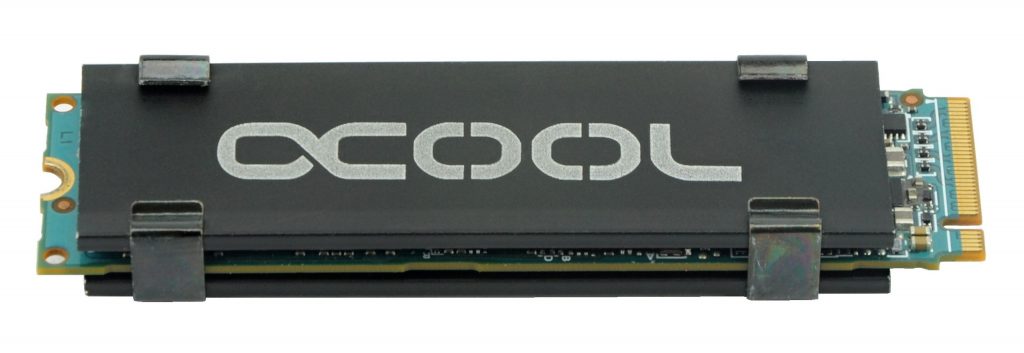
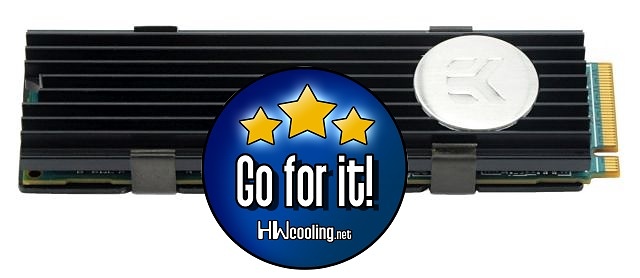
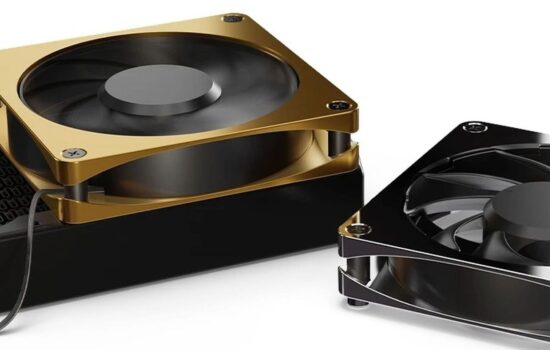
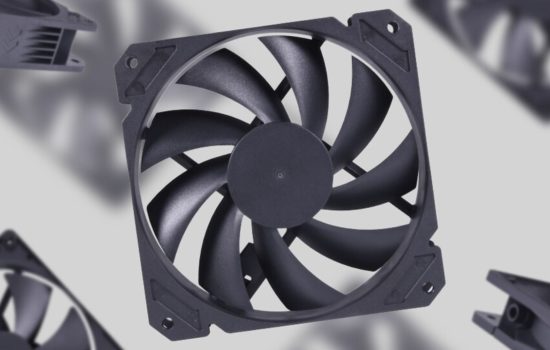
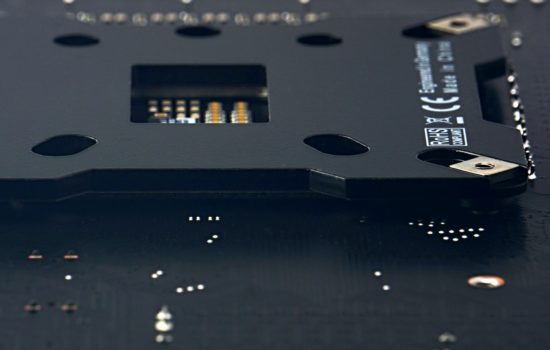



Ordered the EKWB cooler, it is arriving today!!!
Good choice! 🙂
Nice test! Would be nice to also compare to Aqua Computer kryoM.2 micro.
Is it possible to use the EK-Model on an Asus ROG Maximus IX Apex (https://www.asus.com/websites/global/products/Jp5t0js638s6sbJG/v1/img/kv/strix-rog-apex-pc.jpg), where the M.2’s are slotted beside the DDR4-RAM-Modules ?
Not sure but i did use 3 on my GODLIKE MB and i have a close friend that did use them on his Maximus XI EXTREME
The reason that the Alphacool did not properly cool the memory but cooled the controller a bit is because the controller gets hotter than the memory and because it is technically a ‘heat spreader’ not a ‘heat sink’ it was spreading the heat from the controller to the memory since they are all connected thermally & the ‘heat spreader’ is not thick enough & having fins/ribs etc. to properly sink the heat away.
I have a Z390 Auros Extreme, and it has the same heat sink setup as the Ultra which I also have. I was concerned with the high temps with the beefy heatsinks both bords have, so I tried the EKWB. The results are very close to the same as the stock heat sink. The only real cure is massive airflow. I’ll be waiting for a reputable MFG to come up with an active cooler, shouldn’t be hard, similar to memory cooler. Currently, I just have a small 80mm fan sitting on my GPU backplate doing the job, but it’s kind of a hokey setup for $6K rig.
I saw this a popular webstore where it was described as “Nickel”, as in the metal. Since Nickel dissipates heat better than Aluminum I was interested (my entire cooling loop is EK so why not one more emblem for them). I went to the EKWB website to the page for this specific passive cooler primarily to learn what the back plate was made of, I thought Acetal would be great with the Nickel top. Well, on their website they first mention that they have this in both Nickel and Black. It wasn’t until the very bottom, in fine print, that it informs you that the entire heat sink is made out of Aluminum, nickel I guess is a color here. Straps are Stainless Steel. Not the best configuration for an Aluminum block IMO, so I’m passing.
Usually, when a product specifies “Nickel”, it isn’t made of actual nickel, but is merely nickel plated. It’s the same for gold and silver. You won’t find a product that states “Gold” to be actually made of gold. It’s gold plated, but not pure gold. That’s not economically viable.